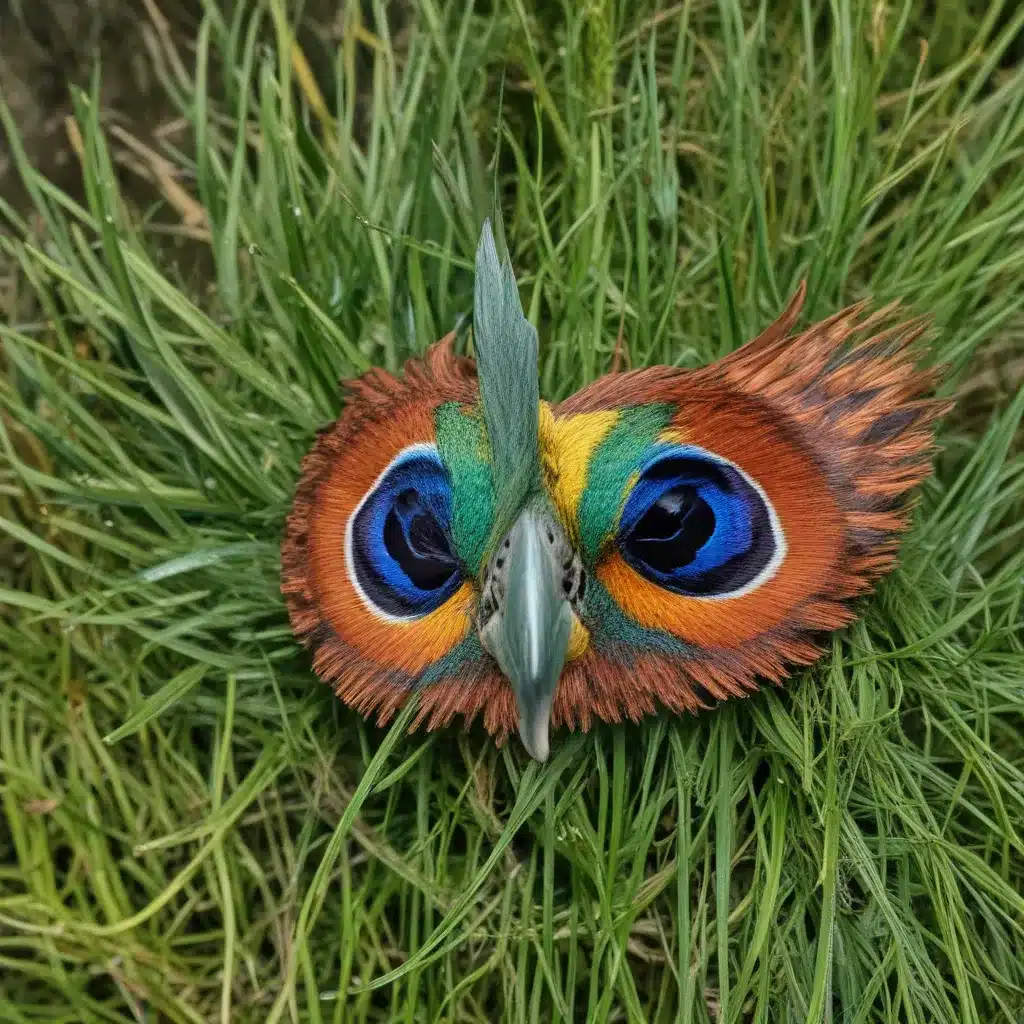
Avian Personality Traits
Birds, and parrots in particular, are incredibly expressive creatures. Through subtle (and sometimes not-so-subtle) changes in their body language, parrots communicate their feelings, needs, and even their mood swings. Learning to read your parrot’s body language will not only help to deepen your bond, but can also be essential in understanding what they like, what they fear, and how they’re feeling.
Every bird is an individual with its own unique personality. Some may be bold and curious, while others are more shy and reserved. Factors like species, age, and previous experiences can all shape a bird’s behavioral tendencies. Understanding these individual differences is key to providing the best possible care and creating a harmonious relationship.
Parrots are highly adaptable and can thrive in a variety of environments, but their natural behavioral adaptations must be considered. In the wild, these intelligent creatures live in complex social groups, engage in complex foraging behaviors, and exhibit intricate courtship rituals. Replicating these natural behaviors through enrichment and training is crucial for your bird’s well-being.
Avian Communication
Birds communicate through a rich tapestry of vocalizations and non-verbal signals. From chirps and squawks to whistles and mimicry, a bird’s vocal expressions can convey everything from excitement and contentment to distress and aggression. Paying close attention to these vocal cues can provide invaluable insight into your feathered friend’s state of mind.
Beyond vocal communication, birds also rely heavily on body language to convey their messages. Head bobbing, feather fluffing, tail wagging, and eye pinning are just a few examples of the subtle (and not-so-subtle) non-verbal signals that birds use to interact with their flock-mates and their human companions. Understanding these visual cues can help you anticipate your bird’s needs and respond accordingly.
Deciphering a bird’s complex communication can take time and patience, but the rewards are immense. By tuning in to your feathered friend’s unique language, you’ll be able to build a deeper, more rewarding relationship built on trust, understanding, and mutual respect.
Avian Ecology
Birds are highly adapted to their natural environments, and understanding their ecological needs is crucial for providing a suitable habitat in captivity. In the wild, birds engage in a variety of complex behaviors related to nesting, foraging, and breeding, all of which are driven by their evolutionary adaptations.
Nest building, for instance, is a crucial behavior for many bird species. From the intricate weavings of a hummingbird’s nest to the large, elaborate structures constructed by some parrot species, this innate drive to create a safe, comfortable home is an essential part of a bird’s life cycle. Providing appropriate nesting materials and spaces can help fulfill this natural instinct.
Foraging and feeding behaviors are also deeply ingrained in a bird’s DNA. Whether they’re skillfully extracting seeds from pods, deftly catching insects in mid-air, or carefully selecting the ripest fruits, birds have evolved a wide range of specialized adaptations to meet their dietary needs. Offering a varied, nutritious diet that caters to these natural foraging behaviors can have a profound impact on your bird’s physical and mental well-being.
Avian Taxonomy
With over 10,000 identified species, the avian world is incredibly diverse, encompassing a vast array of shapes, sizes, colors, and behaviors. Understanding the unique characteristics and adaptations of different bird species can help you select the right feathered companion and provide them with the specialized care they require.
From the tiny, brightly-colored hummingbirds to the massive, majestic eagles, each bird species has evolved unique physical and behavioral traits that allow it to thrive in its particular ecological niche. Factors like flight capabilities, beak and foot structure, plumage patterns, and social behaviors can all vary significantly between different avian families and genera.
Exploring the evolutionary adaptations that have shaped the incredible diversity of the avian world can not only deepen your appreciation for these fascinating creatures, but also inform your approach to their care and management. By understanding the unique needs and challenges faced by different bird species, you can ensure that your feathered friend thrives in your home.
Avian Conservation
As our natural habitats continue to face unprecedented pressures, the need for effective avian conservation efforts has never been more urgent. Many bird species, both common and rare, are grappling with the devastating impacts of habitat loss, climate change, and human-wildlife conflicts. Understanding these threats, as well as the critical conservation measures in place, is essential for safeguarding the future of our feathered friends.
Habitat destruction is one of the primary drivers of avian population declines worldwide. As forests, grasslands, and wetlands are converted for human use, birds are left without the resources they need to survive and thrive. Supporting organizations and initiatives that work to protect and restore critical bird habitats can make a tangible difference in the fight to conserve these species.
In addition to habitat loss, birds also face a range of other threats, from collisions with man-made structures to the illegal wildlife trade. Fortunately, there are numerous conservation efforts underway, from captive breeding and reintroduction programs to targeted public awareness campaigns. By staying informed and getting involved, you can play a vital role in ensuring that future generations can marvel at the beauty and wonder of the avian world.
At Mika Birds Farm, we are passionate about promoting avian welfare and supporting the vital work of conservation organizations. Whether you’re a seasoned bird owner or simply someone who appreciates the beauty and importance of these incredible creatures, we invite you to join us in our mission to protect and celebrate the feathered friends that enrich our world.


